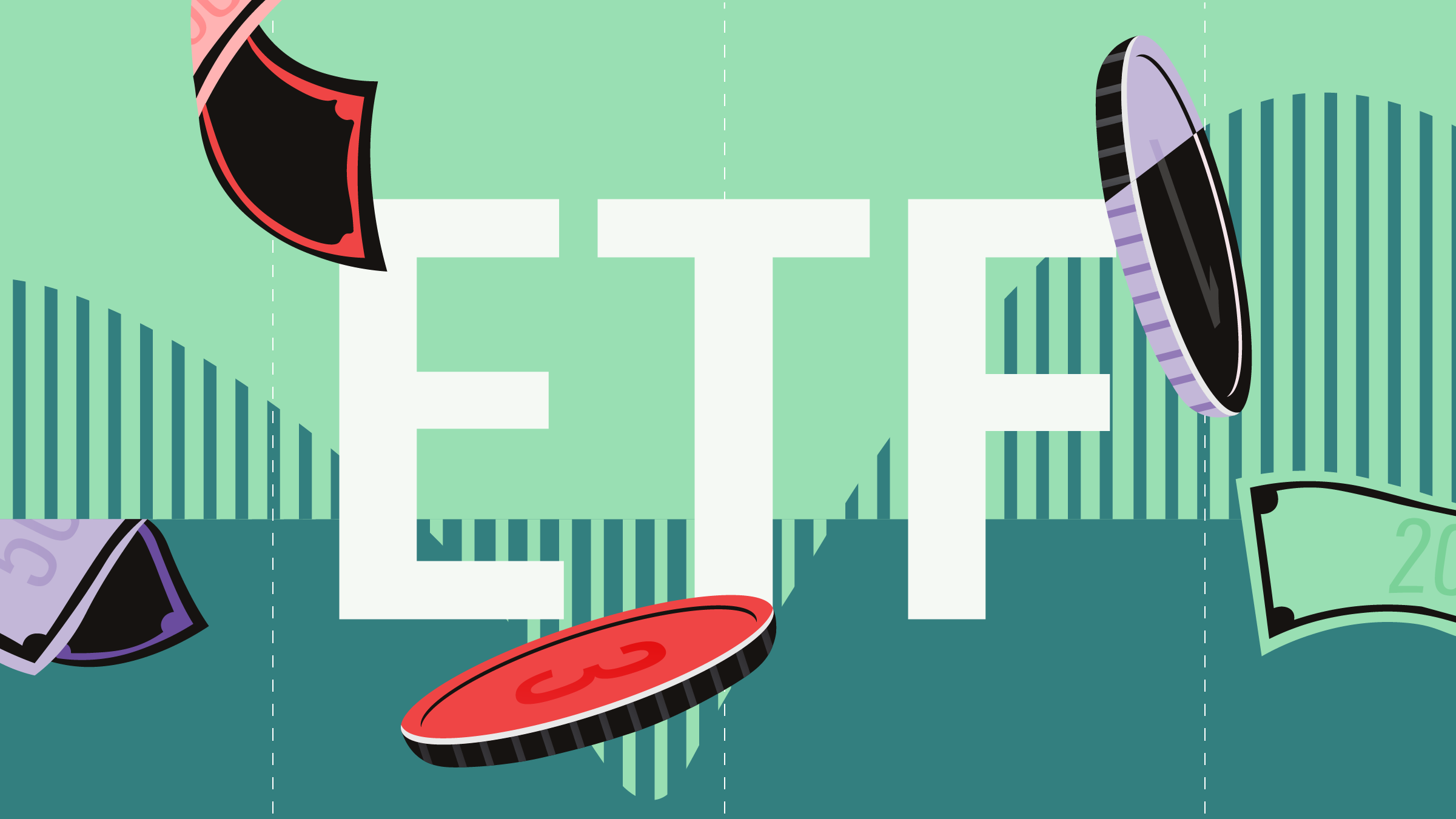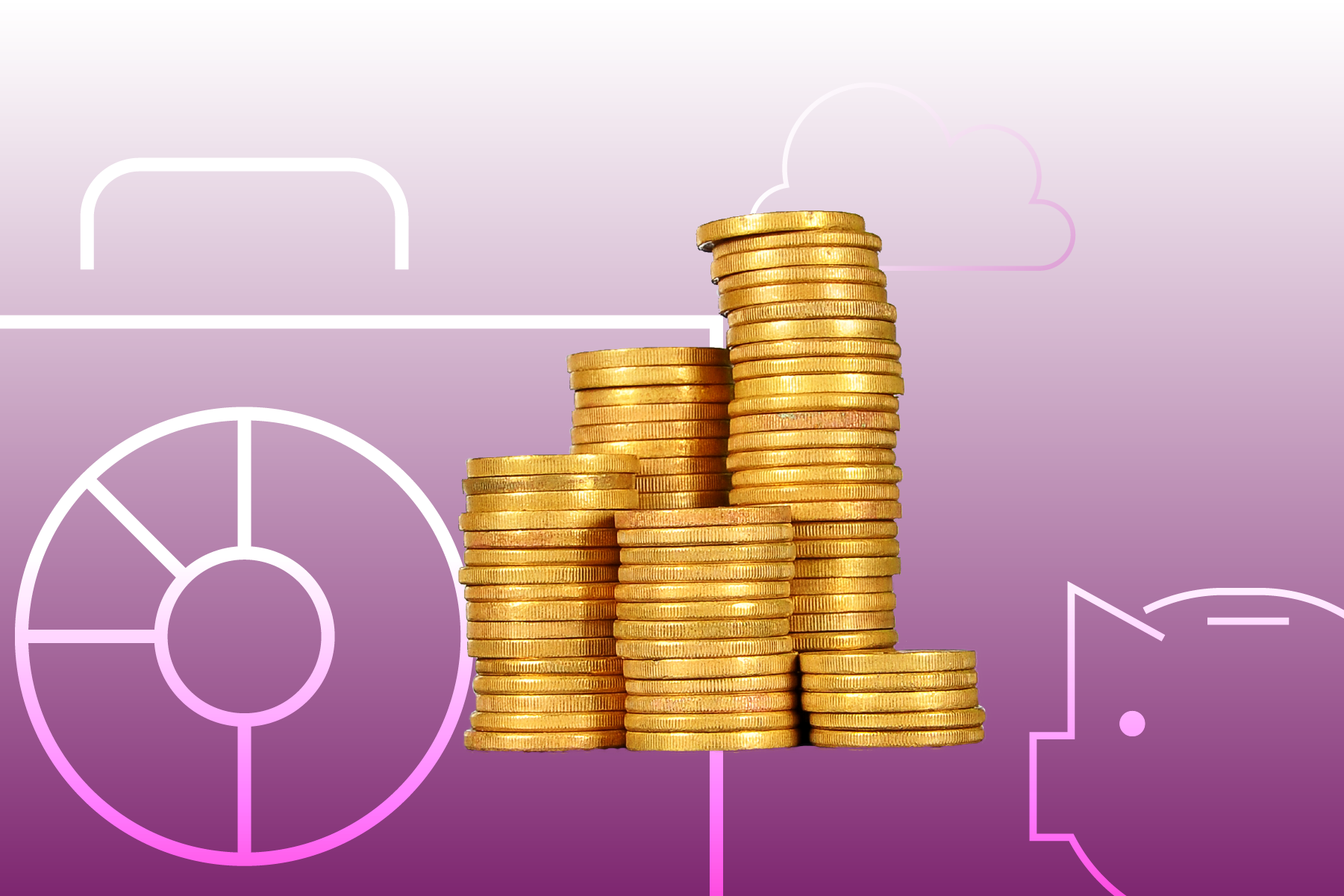Ashley Redmond: Patricia covers ETFs in the foreign market, so she is constantly researching various world economies. So, Patricia, from an economic standpoint, what countries do you expect to excel in 2013?
Patricia Oey: Well, in terms of GDP growth, the countries expected to see the fastest growth rates include China, India and countries in Southeast Asia, such as India and Thailand. The IMF currently estimates that these countries will see growth rates at about 6% to 8% in 2013.
Redmond: So, Patricia, what ETFs do you like that incorporate those countries?
Oey: Well, right now, we like China and India. In China over the past few years, investors have been very concerned about a possible real-estate market crash, but government controls and curbs seem to have stabilized the market. And in India, after many years of delays – at the end of last year – they started to approve higher forward investor limits on areas such as retail, and we think this reform momentum might continue. And it will be positive for economic growth as well as investor sentiment. But these two issues have weighed heavily on those two markets, and so relative to other fast growing markets such as Thailand and Indonesia, they have underperformed. So, right now, we think they’re more attractive.
So, in terms of exposure, the funds we like for passive exposure – in China we like SPDR S&P China, the ticker is GXC. In India we like WisdomTree India Earnings, the ticker is EPI. But many investors know that emerging markets, especially the single country ones are very, very volatile. So, we ask that investors also consider some actively managed options. The two we like are both part of the Matthews Asia Fund family; Matthews China and Matthews India. Both of these funds have delivered higher returns on lower volatility over the last five years, relative to our passive picks.
Redmond: And for investors watching, are there any emerging market ETFs that you expect to make a splash in 2013?
Oey: Well, again, emerging markets are very volatile. We think for most investors it is probably better to invest in a broad market fund than invest in many different countries, and so the one that we like is iShares MSCI Emerging Markets Minimum Volatility. The ticker is EEMV. This fund is different. Most passive funds track a market cap-weighted index. What this fund does, is it tracks an index that seeks to create the least volatile portfolio out of emerging markets stocks. So, the portfolio is quite different from a cap-weighted fund and it has heavier weightings in sectors such as telecoms, financials, utilities; these sectors tend to have more exposure to domestic growth trends, which is what most investors are looking for when they're investing in emerging markets. The cap-weighted funds tend to have higher exposures in materials and energy, and those tend to be more driven by global macro trends.
Redmond: Okay, great. For the next question, this is a topic that we have covered on morningstar.ca and morningstar.com, but Patricia, why is South Korea considered an emerging market on MSCI and not the FTSE Index?
Oey: Well, it's become a big question because Vanguard is changing the benchmark for their emerging markets fund from the MSCI Index to the FTSE Index and both indexes are market cap-weighted. So, they are actually quite similar. But the main difference is that MSCI considers South Korea an emerging market and FTSE considers South Korea a developed market. South Korea – its per capita GDP is around $30,000 – which is comparable to other developed markets, and back in 2009, FTSE upgraded South Korea to developed market.
MSCI says that South Korea does meet a lot of its criteria as a developed market, but they are concerned about a few issues, namely they say there is a concern about currency convertibility and some settlement issues regarding securities and Forex. They are continuing – they have been reviewing South Korea for many years and it's very possible they'll upgrade it this year in 2013.Redmond: Great. Thanks so much, Patricia.
Oey: Thank you.
















